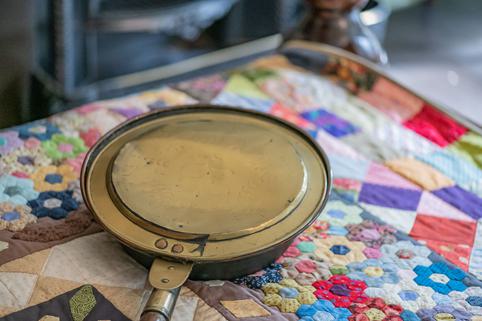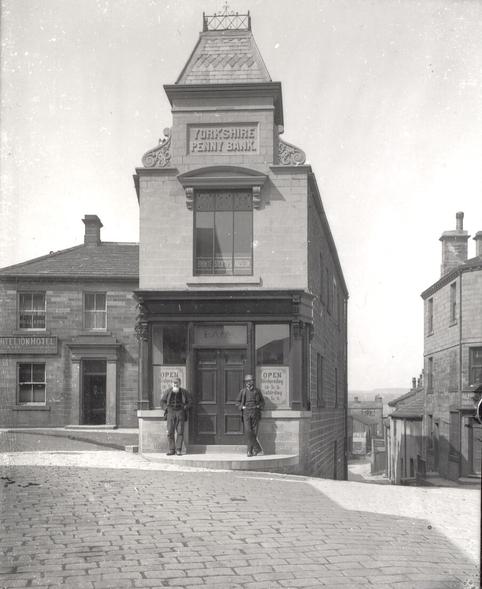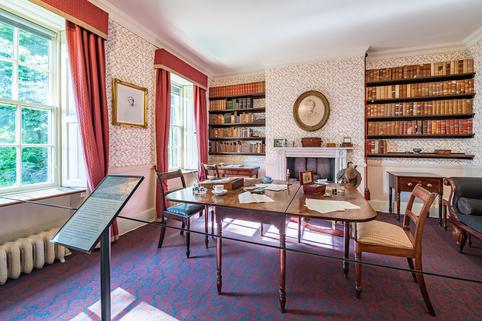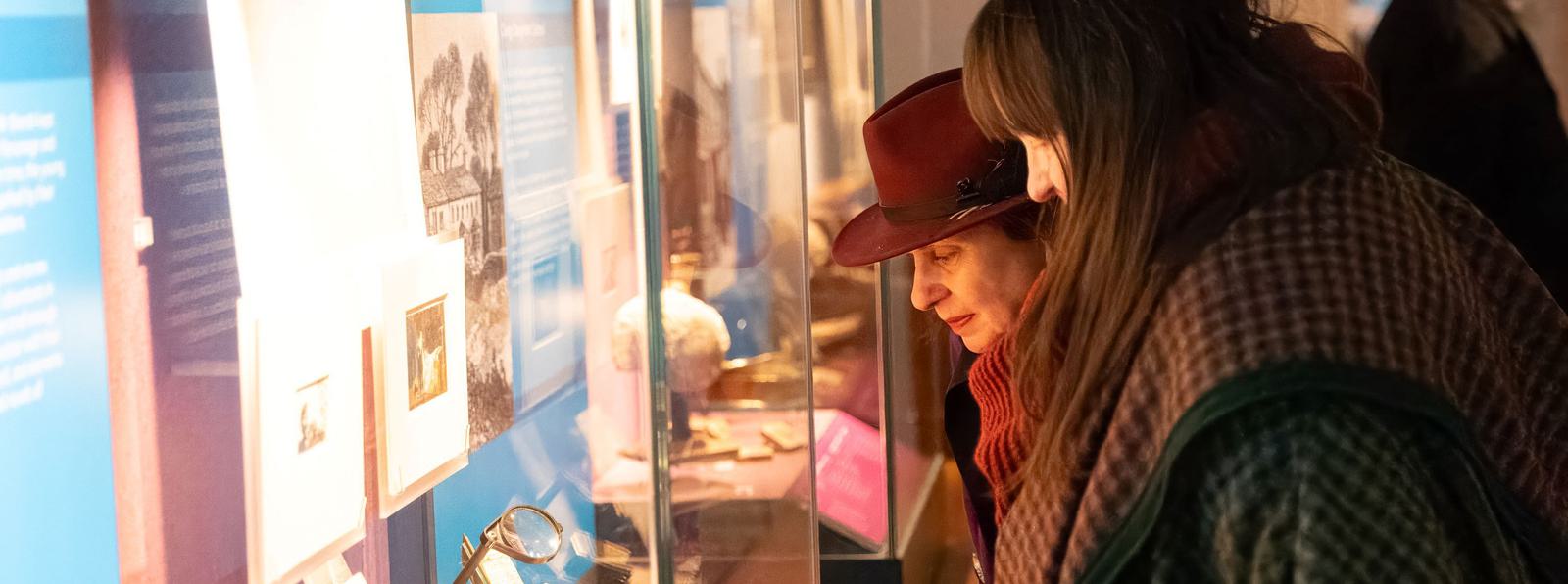
History of the Museum
The story of a literary landmark.
The works of the Brontës provoked an incredible response. Even before Charlotte died in 1855, a steady stream of visitors made their way to Haworth to catch a glimpse of the last surviving Brontë sister.
After Patrick Brontë's death in 1861, the contents of the Brontë family home in the Parsonage were moved out or sold off. Some went with Charlotte's widower, Arthur Bell Nicholls; others were given to friends and servants; and some belongings began to appear in salerooms, fetching high prices around the world.


In 1893 The Brontë Society was founded to organise a permanent home for these treasures, and to keep them together as a collection.
The first Museum opened in Haworth in 1895, above the Yorkshire Penny Bank on Main Street. By the following summer, the Museum had seen over 10,000 visitors.
Finally, in 1928 the Church put Haworth Parsonage - the Brontës' former home - up for sale at a price of £3000. It was bought by Sir James Roberts, a Haworth-born wool merchant and lifetime Brontë Society member, who handed the Society the deeds to the house.
It was, of course, the perfect home for their collection.
Today, we continue to welcome thousands of visitors to the Museum.
Whether you know the Brontës' works cover to cover or you're simply in the area, the Museum is a beautifully preserved historic house with something to interest everyone - including changing exhibitions, talks, workshops and family activities.


Become part of the story
The Brontë Society is still going strong - making it one of the oldest of its kind. You can help us continue the Brontë legacy when you become a member.